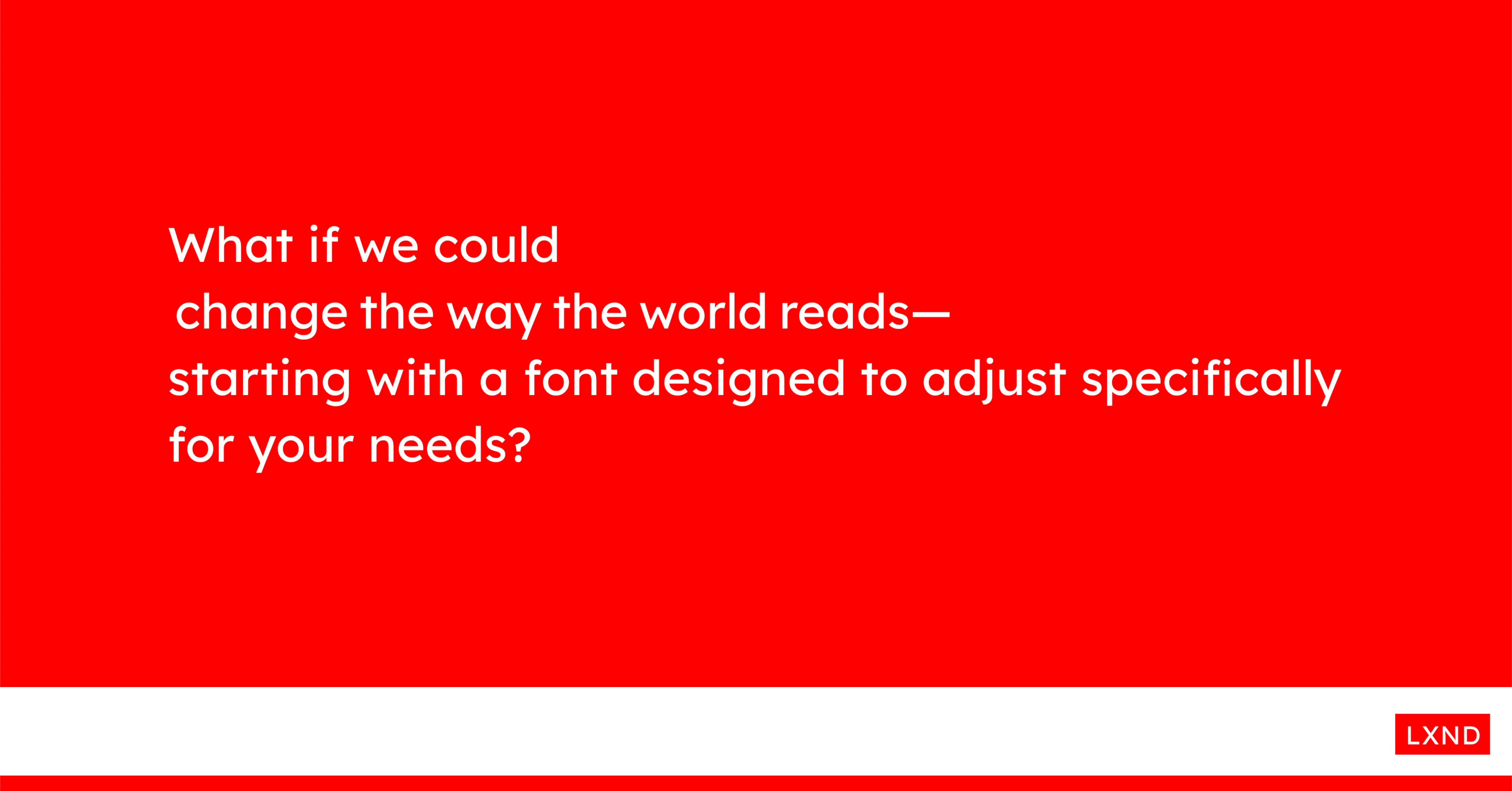In 1999, as an educational therapist, Dr. Bonnie Shaver-Troup, working with clients, began observing that reading issues masked the individual’s true capability and intelligence.
In 2000, Bonnie theorized that reading performance would improve through use of:
- A sans-serif font to reduce cognitive noise -Expanded scaling to improve potential for character recognition -Hyper-expansion of character spacing, which creates a greater lag time and reduces potential crowding and masking effects
These changes led to the development of seven specially-designed fonts, which create an immediate improvement in reading performance.
This is where Lexend was formed.
[Github] https://github.com/googlefonts/lexend
[Website] https://www.lexend.com/



Lower case “L” is different from upper case “i”:
It also seems that dyslexic people prefer round lowercase a… though you are right for some it can be confused with the “o”.
Next to each other they sure are different :) Didn’t know about the dyslexic people preference for round lc a… I just know it’s a no-no for legibility in general.